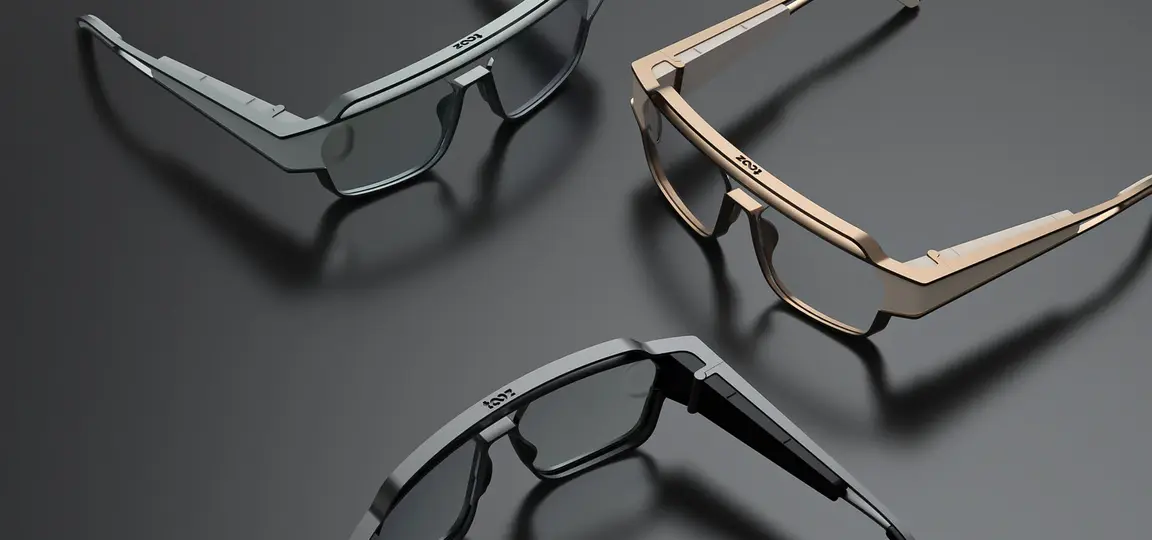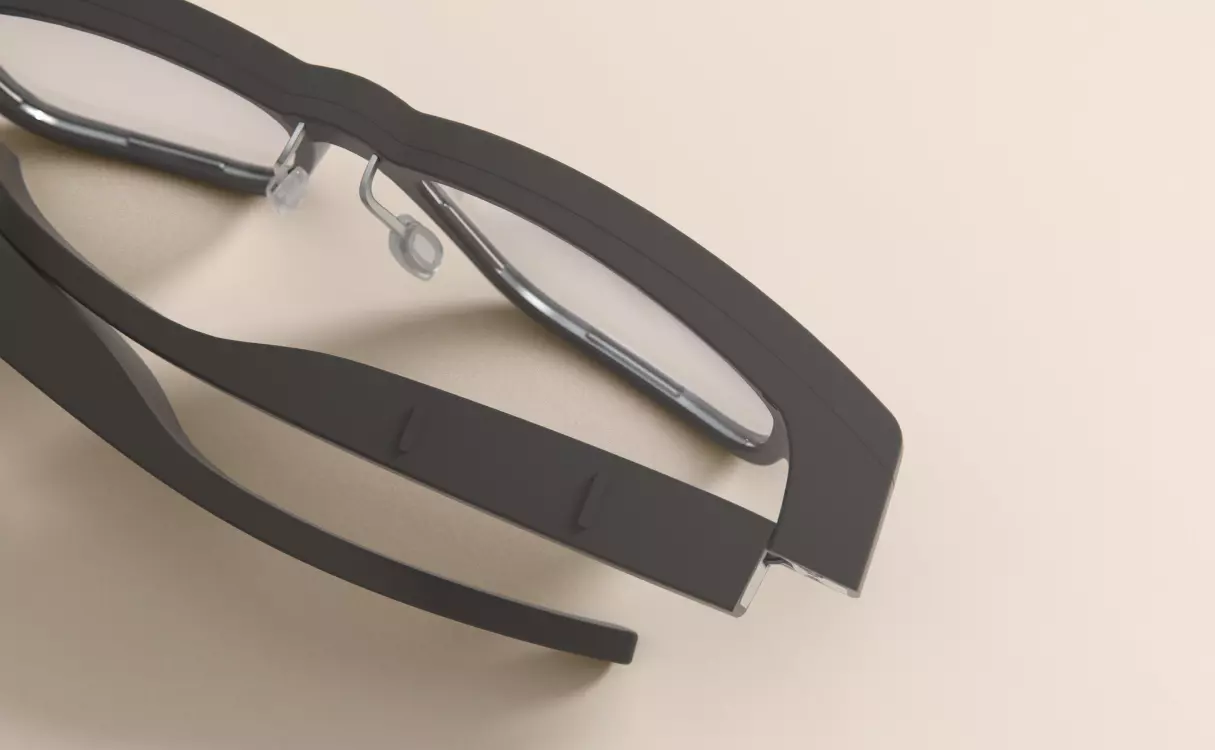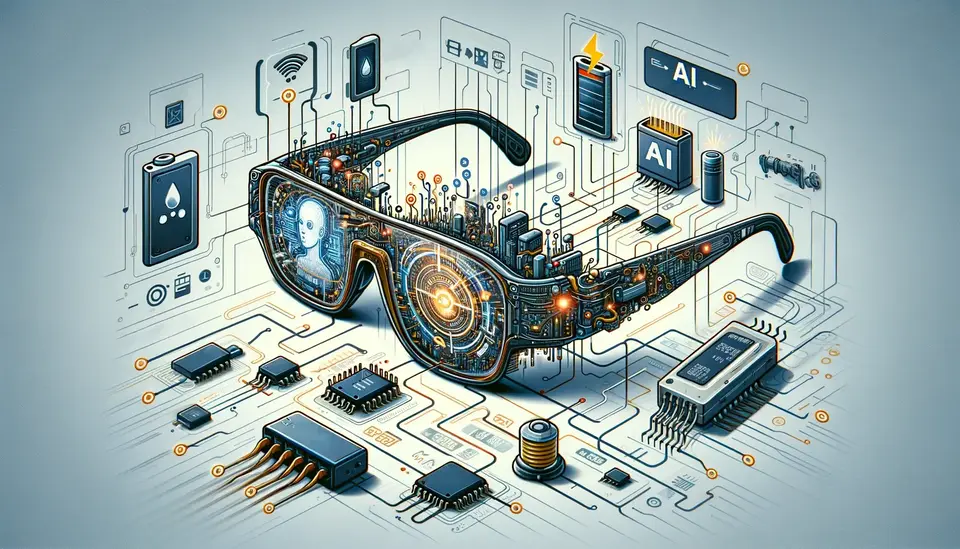What is the difference between cheap and expensive Smart Glasses?
Posted on March 26, 2023 3 minutes 532 words
Table of contents
Smart glasses have rapidly gained popularity as a cutting-edge wearable technology, combining the traditional functionality of eyeglasses with advanced features like augmented reality, voice assistance, and more. With a wide range of options available on the market, from budget-friendly to luxury models, it’s crucial to understand the key differences between cheap and expensive smart glasses. In this blog post, we’ll break down these differences, helping you find the perfect pair to fit your needs and budget.
Display Technology and Visual Experience
The display technology used in smart glasses varies depending on the price point. Expensive models typically offer higher resolution, better color accuracy, and a wider field of view, providing a more immersive visual experience. In contrast, cheaper smart glasses may have lower resolution displays and limited visual capabilities, which could affect the user experience.
Performance and Processing Power
Higher-end smart glasses generally come with faster processors, more RAM, and enhanced graphics capabilities, allowing for smoother performance and handling of complex tasks. Cheaper options, however, may struggle with multitasking and offer limited processing power, which could lead to a less satisfying user experience.
Design and Build Quality
When it comes to design, expensive smart glasses often feature sleek, stylish frames and superior build quality. Utilizing high-quality, durable materials, these glasses offer a more refined appearance. On the other hand, cheap smart glasses may appear bulkier or less attractive, with a greater likelihood of using lower-quality materials that could compromise durability.

Battery Life
Battery life is a critical aspect to consider when choosing smart glasses. Expensive models often boast longer battery life due to superior energy management and high-quality components. Conversely, cheaper smart glasses may have shorter battery life, which can be inconvenient for users who need to recharge frequently.
Connectivity and Compatibility
Expensive smart glasses typically offer a wider range of connectivity options, such as Bluetooth, Wi-Fi, or cellular, and are more likely to be compatible with various devices and ecosystems. Cheap smart glasses, on the other hand, may have more limited connectivity features and compatibility, which could restrict their functionality.
Software and Application Ecosystem
A robust ecosystem of software and applications can greatly enhance the user experience. Expensive smart glasses generally provide access to a broader range of apps and better support from developers. In contrast, cheaper smart glasses might have limited software support and a smaller selection of available apps, potentially reducing their overall utility.
Customer Support and Warranty
Lastly, it’s essential to consider customer support and warranty coverage when purchasing smart glasses. Expensive options often come with better customer support and longer warranty periods, providing peace of mind for users. Cheaper options, however, may offer limited support and shorter warranties, which could be a drawback for some consumers.
Conclusion
While there are notable differences between cheap and expensive smart glasses in terms of quality, design, and features, both options cater to different needs and budgets. Ultimately, the best choice for you will depend on your specific requirements and priorities. By considering factors such as design, performance, battery life, and compatibility, you’ll be well-equipped to find the perfect pair of smart glasses to enhance your daily life.








